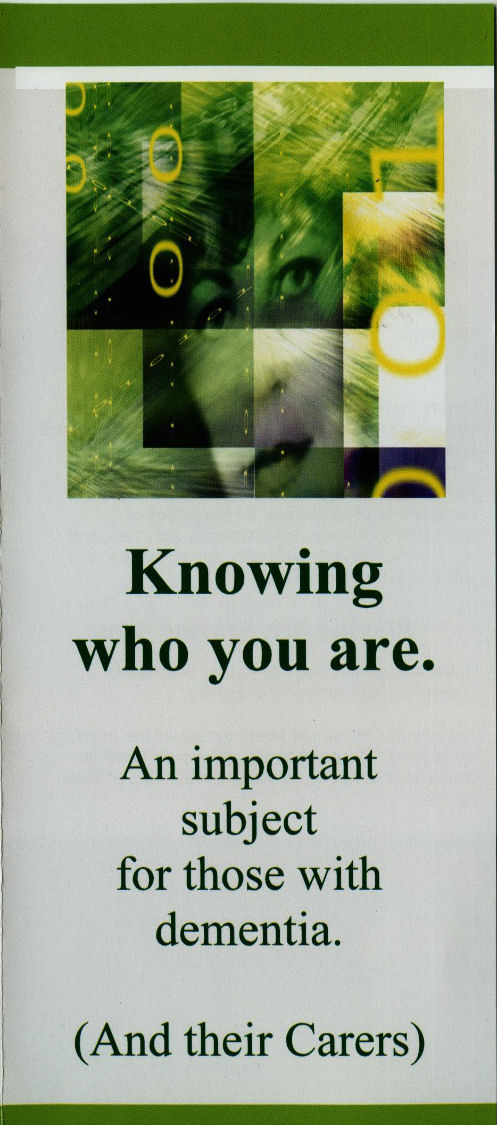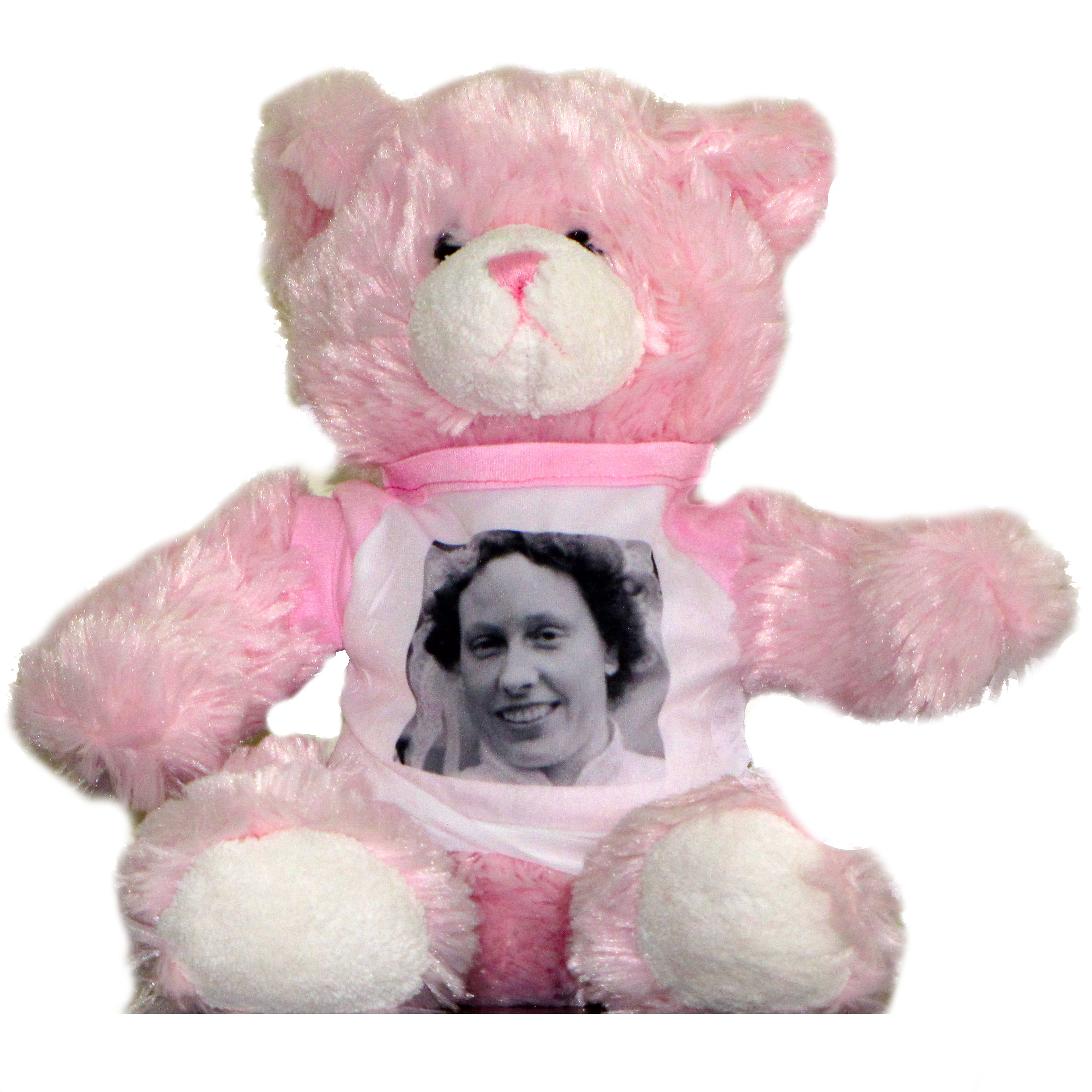Transference - a note to those who Care for Carers
Loosely speaking, transference is where we redirect feelings from one person to another. There are a number of
types of transference and it is a phenomenon associated with many different types of people in many different
situations.
For those who care for carers it is a not uncommon experience.
When your wife or your husband or your friend is a carer, they are under extremes of pressure and responsibility.
The role of carer often leaves very little time for families and usually no time for the carer themselves.
When the carer you care for seems to find the things that you do - or don't do - irritating, then this may be a
case of transference. When they are frustrated and 'take it out on you' then this is transference. Like the
proverbial man who comes home from work and kicks the dog, they are demonstrating transference.
In many cases the carer must be continuously and unconditionally on guard around those that they are caring for.
They work hard, not only to ensure the safety and general good health of others, but also to manage their emotional
and psychological needs.
A carer for someone with dementia, for example, is not able to chastise the sufferer for behviours which irritate.
Compulsive behaviours, such as twiddling the thumbs, can be highly irritating to someone but there is rarely the
opportunity to express that irritation. Because of this it is frequently just supressed. The next time someone else
twiddles their thumbs, however, it is a different story.
Take the following example:
Jane cares for her mother who has dementia. Jane works hard to keep her mother at home and spends considerable
time looking after her. When Jane goes home to her own house, her husband finds that she is overly critical,
impatient or intolerant. He feels aggrieved by this and things escalate into a family argument.
In this case, we can see transference at work. Quite apart from the sheer volume of work required to support her
mother and the associated physical exhaustion, there is also a significant emotional counterpart. Jane 'uses up'
her patience and tolerance where it is most necessary - the care of her mother. By the time she gets home she is
unable to keep it up. The only person who Jane can safely express herself to is her husband.
Her husband, however, does not realize that this is really a transference of feeling from Jane's mother to him. He
just feels that Jane is being too critical and intolerant and not thinking about anyone else but herself.
Ironically, it is the fact that she is thinking of others and not herself that is causing the
problem.
But then her husband stumbles across a short article about transference. He realizes that her criticisms to him are
not personal - they are not really about him, they are part of her unconscious strategy to cope with the caring
situation with her mother. He understands better that she is under stress and that he is really the only person
that she can 'let off steam' to.
By understanding behaviours which are essentially transference, we can better support carers - both in their role
as carer and in their role as themselves.
So the next time you receive, as my old gran used to say, the sharp side of someone's tongue - take a deep breath,
think about the idea of transference, and be the rock that they need to lean on.
| 
 Facebook
Facebook Reddit
Reddit Twitter
Twitter Delicious
Delicious